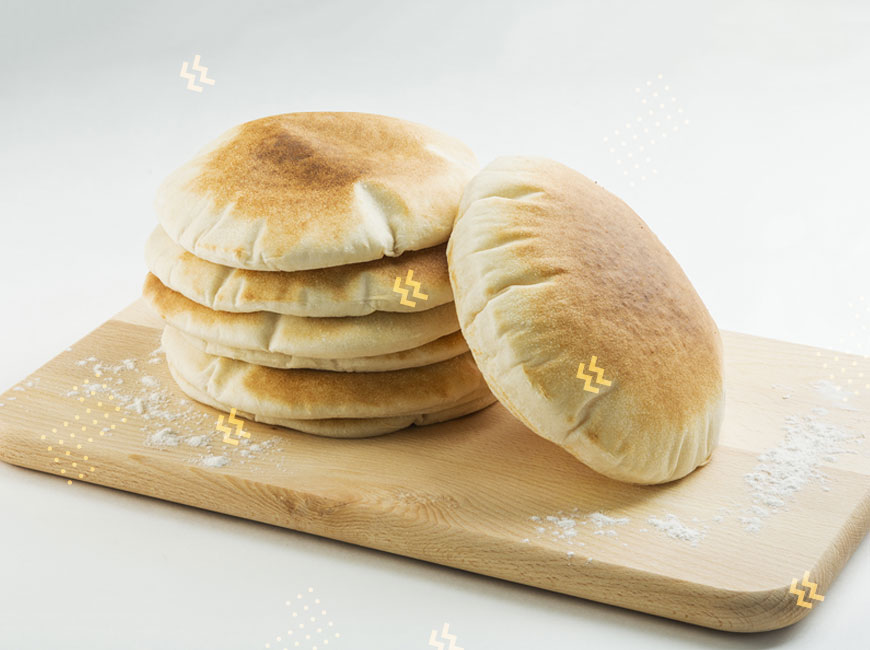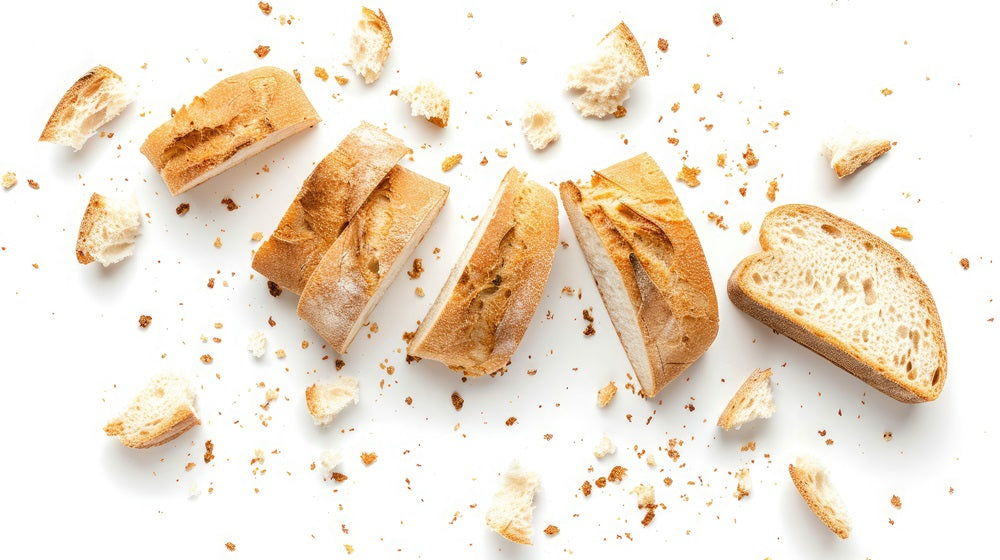In the vast landscape of baking, where intricate pastries and elaborate desserts often steal the spotlight, one humble loaf stands as a testament to the beauty of simplicity: Staple bread. Unlike its flashier counterparts, Staple bread, often known for its plain appearance and unassuming nature, harbors a depth of flavor and texture that speaks to the heart of true baking artistry. This unassuming loaf is not just a meal staple; it is a canvas for creativity, a vessel for tradition, and a reminder of the profound joy found in mastering the basics.

The journey of Staple bread begins with the selection of ingredients, each playing a vital role in shaping its character. High-quality flour, sourced from mills that respect the integrity of the grain, forms the backbone of the loaf. Its protein content, which determines gluten formation, is crucial for the bread’s structure and texture. Water, a seemingly insignificant element, brings the dough to life, hydrating the flour and activating the gluten. Salt, a mere pinch, enhances flavor and preserves freshness. Yeast, the silent hero, transforms the humble dough into a living, breathing entity, its fermentation process adding complexity and depth to the bread’s profile.
The artistry of Staple bread lies not just in the ingredients but in the technique. The process of mixing, kneading, and proving is akin to a dance, each movement guided by intuition and experience. Kneading, in particular, is a ritualistic act, where the baker’s hands become an extension of the dough, shaping and strengthening it until it reaches a state of perfect elasticity and smoothness. This tactile connection allows the baker to sense the dough’s transformation, understanding its needs and responding accordingly.
The proving stage, often overlooked, is where the magic happens. Allowed to rest and ferment, the dough undergoes a transformation, its yeast working tirelessly to produce carbon dioxide, creating air pockets that give the bread its signature soft, airy interior. This resting period is not just about allowing the dough to rise; it’s about developing flavor, creating a harmony of tastes that ranges from slightly tangy to subtly sweet.
Baking Staple bread is an act of patience and reverence. The oven, preheated to the perfect temperature, becomes the final crucible where the dough’s potential is unleashed. As it bakes, the aroma fills the kitchen, a comforting, earthy scent that promises warmth and nourishment. The crust, crisp and golden, forms a protective shell around the soft, fluffy interior, creating a delightful contrast in texture.
But Staple bread’s appeal extends beyond its taste and texture. It is a vessel for tradition, carrying the stories and flavors of generations. In many cultures, Staple bread is a symbol of home, a comfort food that brings people together, transcending language and culture. Its simplicity allows for endless variations, from rustic country loaves to sleek, urban-inspired baguettes, each interpretation reflecting the baker’s personality and cultural heritage.

In a world where complexity is often valued over simplicity, Staple bread reminds us of the profound beauty found in mastering the basics. It is a testament to the idea that true artistry does not always require elaborate designs or exotic ingredients; sometimes, it lies in the quiet, unassuming loaf that nourishes our bodies and souls. As you slice into a loaf of Staple bread, savor each bite, recognizing the artistry that went into its creation and the joy it brings to your life.













